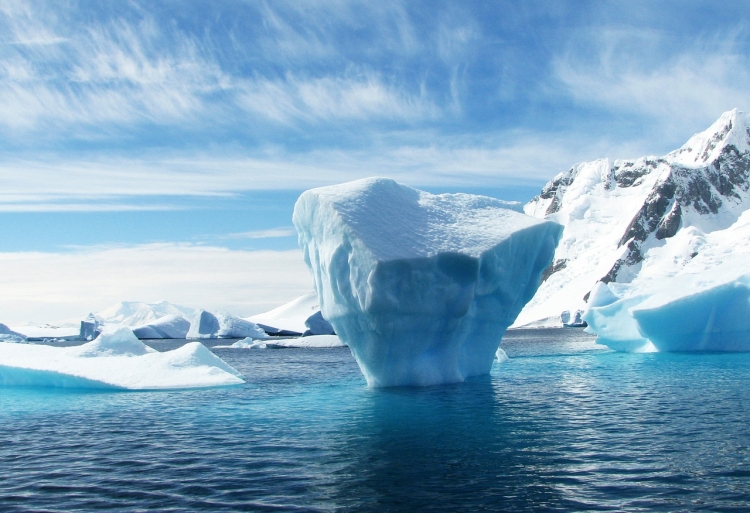Sea Level Rising Faster Than Predicted, Worse Still to Come: NASA
A panel of NASA scientists has come out with very bad news for humankind. Rising sea levels are expected to get worse than scientists had predicted earlier. The speed of rise in water levels in oceans isn’t the same as it was 50 years ago. They are melting at a much faster rate now, and likely to speed up in the future.
Since 1992 sea levels worldwide rose at an average of nearly 3 inches (8 cm) due to warming waters and melting ice. In 2013, a United Nations panel had predicted a rise between 1 to 3 feet towards the end of the century. But now it appears to be heading towards the worst-case scenario.

Also, the pattern of rising levels isn’t uniform throughout the world. In some areas, sea levels are rising more than 9 inches (25 cm), while other areas reported a fall in water level. For instance, U.S. West Coast has reported a drop in sea level if satellite data of 23 years to be considered. Scientists sight ocean currents and natural cycles to be temporarily offsetting the sea level rise in the Pacific and the U.S. West Coast. However, in the next 20 years, these regions can witness a significant rise.
Scientists warn that low-lying regions are at higher risk. Michael Feilich, director of NASA’s Earth Science Division sight an example of Florida saying, “Even today, normal spring high tides cause street flooding in the section of Miami, something that didn’t happen regularly just a few decades ago.”
According to Scientists, the expansion of warmer ocean water caused nearly one-third of sea-level rise, one-third due to ice loss from Greenland and Antarctic ice sheets, and the rest of it came from melting mountain glaciers.
While the Greenland ice sheet has shed an average of 303 gigatons of ice a year over the past decade, the Antarctic ice sheet has registered an average of 118 gigatons per year.
Expressing uncertainty about East Antarctica’s massive ice sheet, glaciologist Eric Rignot of the University of California Irvine and JPL says, “Some of the signs we see in the satellite data right now are red flags that these glaciers might not be as stable as we once thought. There’s always a lot of attention on the changes we see now, but as scientists, our priority needs to be on what the changes could be tomorrow.”
Other than human and animal habitats, water treatment plants or other projects proposed at coasts around the world might suffer due to rising water level in the future.
Via: NASA


